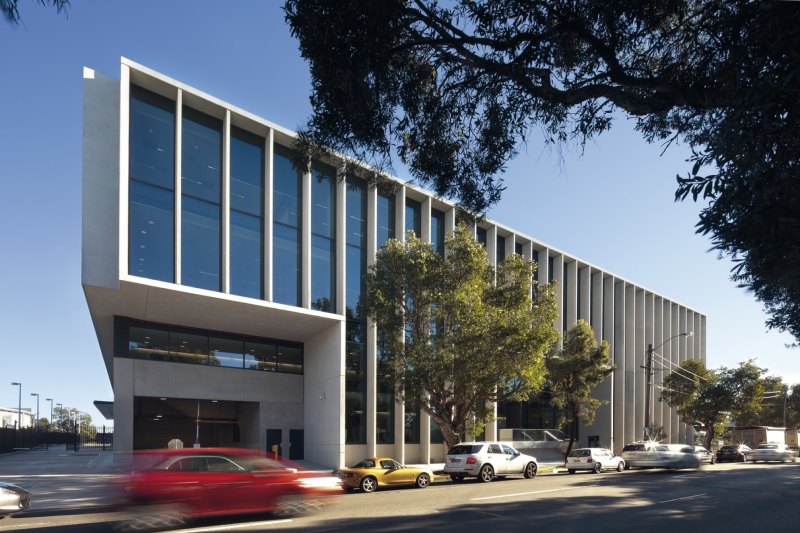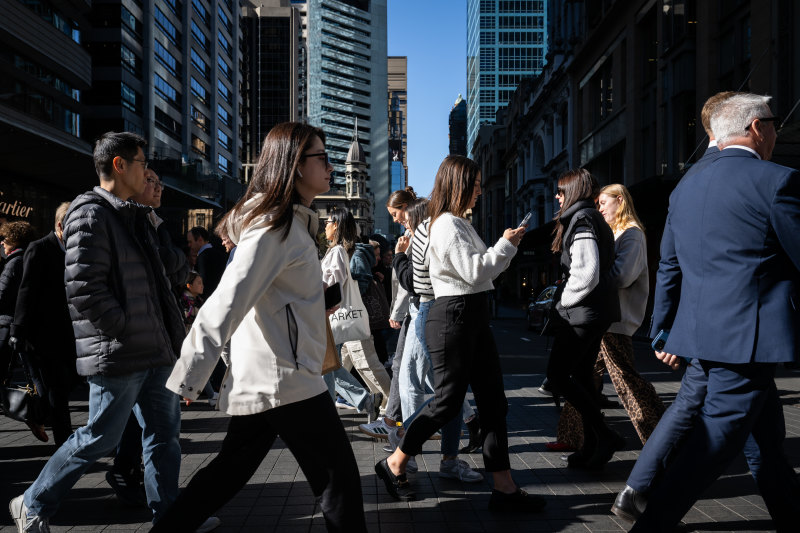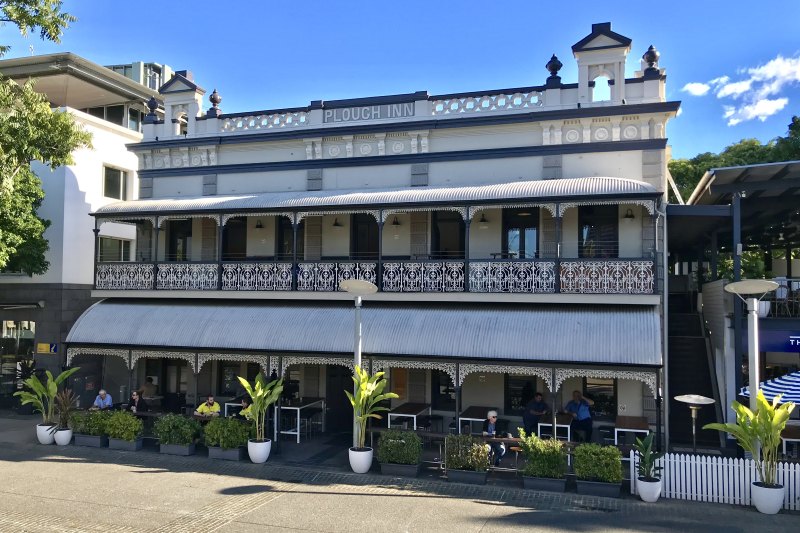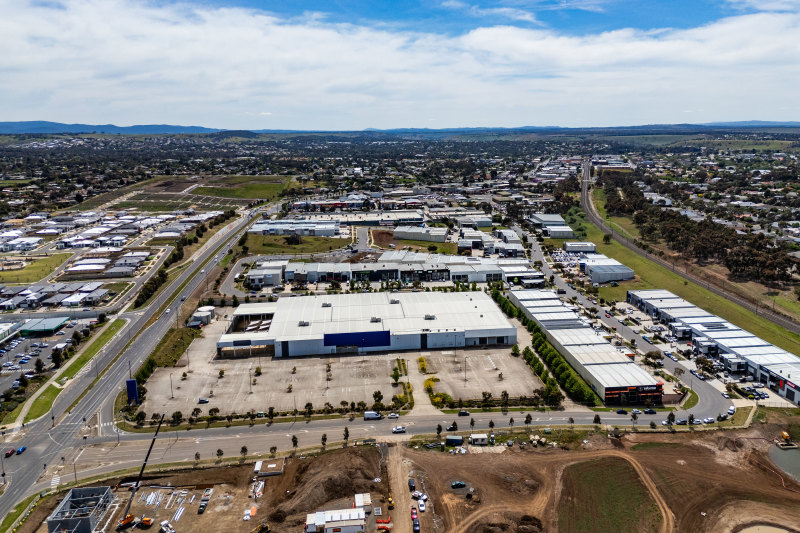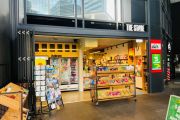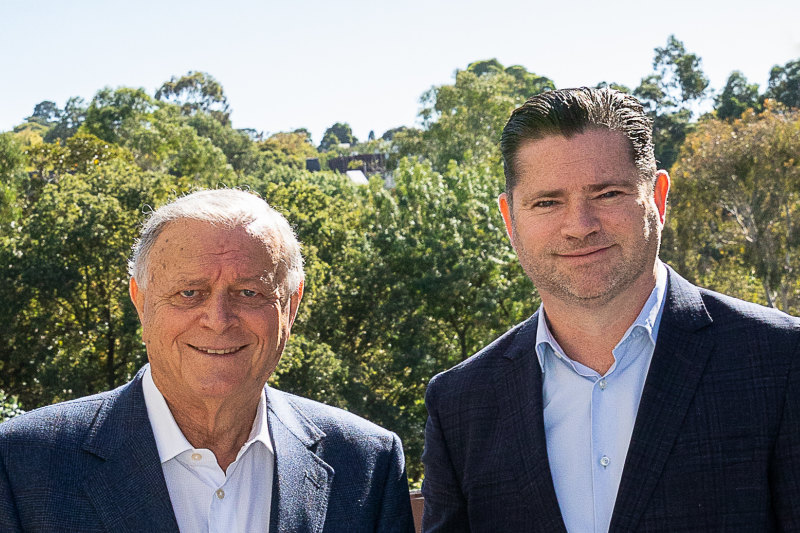
Developer Salta sells land, buildings to fund its build-to-rent dream
Salta is moving to liquidate some of its assets in a bid to self-fund some of its $3 billion build-to-rent pipeline as risk-intolerant financiers limit their exposure to the emerging sector.
Half of the family-owned developer’s $6 billion commercial, industrial and residential pipeline is devoted to its recently announced build-to-rent platform, which has 1000 apartments under development and sites for another 3000.
Salta managing director Sam Tarascio described the firm’s pipeline as “huge.”
“The capital requirements are huge, and we are using our private balance sheet,” Tarascio said.

The developer recently sold half of a 64.4-hectare site in Cranbourne to logistics giants ESR and Frasers for more than $200 million. Last month, it also sold an office on Victoria Street in North Richmond for $10 million and listed a small hotel.
Also on the market is 63 Exhibition Street, a 13-storey office with a permit for a 52-level apartment and hotel project.
“We’ve had to prioritise our investments and make hard choices,” he said.
This week, Tarascio complained to the Australian Financial Review that a lack of communication over incoming tax breaks for foreign investment in build-to-rent is stymieing developers’ efforts to get projects under way. In the build-to-rent model, also known as multi-family housing, investors hold the entire building and rent apartments instead of selling them individually.
The tax and financing difficulties facing build-to-rent were echoed at a seminar held by property research house Charter Keck Cramer, which outlined the findings of its State of the Market apartment report and warned that the country was a long way behind building enough dwellings for the expected population growth.
Charter Keck Cramer’s national research director, Richard Temlett, said financiers needed to adjust their expectations, and governments should re-introduce incentives to bring foreign investors back into the market.
Five build-to-rent projects covering 1370 apartments were completed in Melbourne last year but none in Sydney. The next two years offer some light in Sydney with eight build-to-rent projects covering 1550 units under way.
In Melbourne, there are 35 approved build-to-rent projects covering 8500 apartments, and a further 32 projects in either application or early planning covering 9000 apartments.
However, the report found that “finance for the construction of several build-to-rent projects continues to be difficult to secure on acceptable lending terms. Some projects may, therefore, be delayed or deferred in the short term”.
Apartment launches and construction across Melbourne and Sydney are at their lowest levels in a decade and way below the peaks of 2015 to 2017.
Salta contributed hundreds of apartments during that period as part of the development of its 17-hectare urban renewal project in North Richmond and Abbotsford.
Thirty years ago, a trip down the eastern end of Victoria Street took travellers past the razed Vickers Ruwolt site and the Melbourne Fire Brigade’s training centre.
Theatre owner David Marriner envisaged the riverside site as a huge commercial and residential project. Salta entered into the partnership in 1996 with Marriner, who bowed out in 2007 before the Victor Smorgon Group joined forces with Salta in 2009.
The site straddling Victoria Street, which includes the 21-year-old Victoria Garden shopping centre (co-owned with Vicinity), 31,000 square metres of office space and another 800 apartments, has been totally transformed.
Last week, Salta marked the completion of more than 1000 apartments along the river and the opening of Walmer Plaza, a public space between buildings that leads to the revamped Walmer Bridge and bike route.

The project’s difficulties are an example for developers and affordable housing advocates who think it’s easy to transform former industrial sites into residential zones.
While he would not disclose the total clean-up cost, Tarascio revealed that remediation of the former MFB training centre site blew out after unknown contaminants were discovered.
“One of the unknowns is estimating the clean-up costs. Costs on this site went up from $2 million to $18 million. These are significant impediments to ensuring we can provide affordable housing. But you have to do it,” he said.
“All of these inner-city sites have got problems. The river was historically a way of disposing of contaminants. Opening up the river is one of the things we’re really proud of.”

